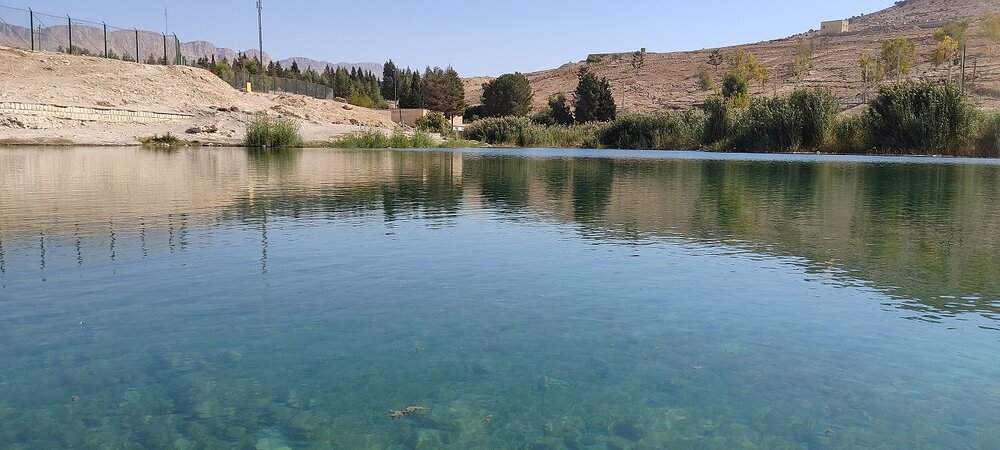Properties in Kermanshah added to national heritage list

TEHRAN—A selection of six natural properties across Kermanshah province has recently been inscribed on the national heritage list of Iran.
The Ministry of Cultural Heritage, Tourism, and Handicrafts announced the inscriptions on Saturday in separate letters to the governor-general of the western province, CHTN reported.
Savul Waterfall, Qareh Bolagh Lake, and Shalan’s old plane tree were among the properties added to the list.
Kermanshah embraces a variety of awe-inspiring historical sites including Taq-e Bostan and the UNESCO-registered Bisotun.
Inscribed into the base of a towering cliff, Taq-e Bostan comprises extraordinary Sassanian bas-reliefs of ancient victorious kings to divide opinions. Late afternoon is the best time to visit, as the cliff turns a brilliant orange in the setting sun, which then dies poetically on the far side of the duck pond.
Bisotun is a patchwork of immense yet impressive life-size carvings depicting king Darius I and several other figures. UNESCO has it that Bisotun bears outstanding testimony to the important interchange of human values in the development of monumental art and writing, reflecting ancient traditions in monumental bas-reliefs.
Kermanshah was founded in the 4th century CE by Bahram IV of the Sassanid dynasty. Conquered by the Arabs in 640, it was called Qirmasin (Qirmashin). Under the Seljuk rule in the 11th century, it was the chief town of Kordestan. The Safavids (ruled 1501–1736) fortified the town, and the Qajars repulsed an attack by the Turks during Fath Ali Shah’s rule (1797–1834). Occupied by the Turkish army in 1915 during World War I, it was evacuated in 1917. The construction of a road in the 1950s over the age-old Khorasan track added considerably to the importance of the city.
Having an opulent tourist circuit with 26 UNESCO World Heritage sites, of which the vast Hyrcanian Forest and Lut Desert are among the natural properties, Iran seeks to acquire a greater share of the global tourism industry by 2025.
ABU/AM
